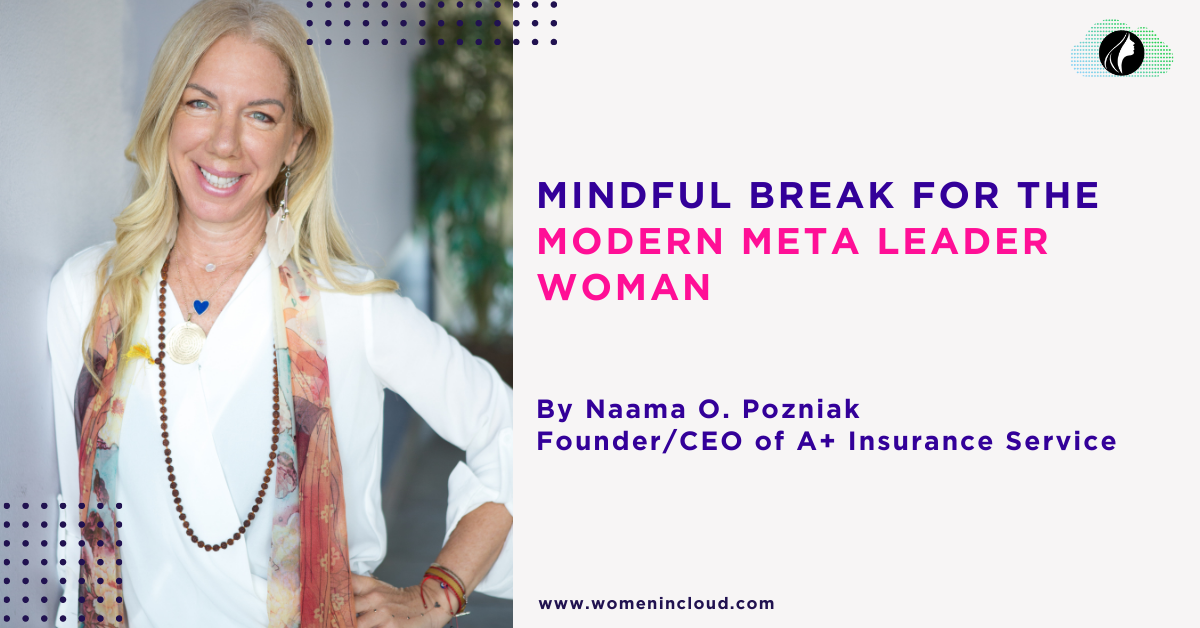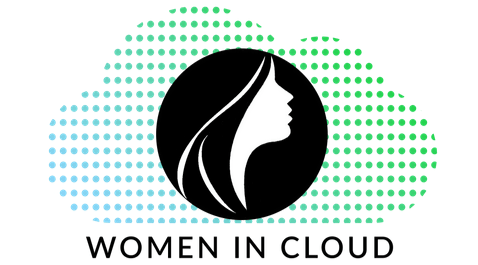To experience peace doesn’t mean that your life is always blissful. It means that you are capable of tapping into a blissful state of mind amidst the everyday chaos of a hectic life. — Jill Bolte Tay
Let’s put stress on the table!
Stress is one of the deadliest silent killers of the old and modern era.
Chronic autopilot activation of the fight, freeze, or flight response can harm our sympathetic nervous system. These panic mode reactions can cause many of our most significant illnesses. For example, high blood pressure and chronic anxiety lead to heart disease. Increased blood sugar causes diabetes and obesity, and decreased circulation to the digestive system leads to gastrointestinal troubles, among other conditions. In addition, being overly stressed causes burnout at work contributes to addiction and other maladaptive coping mechanisms, and lowers the quality of our immune system.
We, as women, juggle many positions and wear multiple hats. In the new now, serving in leadership positions requires us to adapt to a new way of living and managing teams, on top of running a family and household. Frankly, we are at a maximum of potential stressors. But the truth is, stress is a natural part of life. So rather than try and eliminate stress, let’s focus on managing how we respond to it. Reaching for a pill in our medicine cabinet, or self-medicating with food, alcohol, shopping, etc., has become the norm. While Western medicine has made incredible advances in technology and achieves miracles every day for our physical health, as a culture, we have not kept up with looking after our mental and spiritual health.
Mindfulness is the process of achieving a state of alert, focused relaxation by using the mind to create awareness and connection and move us into the present moment.
It reminds women in leadership that we are spiritual beings having a human experience, not the other way around. Mindfulness practice can take many forms, and we can look at each technique as a unique entry point on the journey to inner connection with ourselves. Whether we practice breath awareness and observation, sit for a more formal, structured meditation, or bring our attention to the present moment when walking, eating, driving, or spending time in nature, the mindful shift brings us from the external to the internal, from time-constrained to timeless.
In the workplace, providing access to mindfulness tools and engaging in deeper conversations while modeling a mindful meta leadership style is an essential part of the journey towards rebuilding our healthcare system and communities. However, like any new skill, mindfulness needs to be implemented first before influencing others, as we lead by example. So how do you start?
Establishing a supportive environment is key to establishing and maintaining a daily practice. Create a quiet, comfortable space where you will not be distracted. Turn your phone off or on Do Not Disturb mode. Set a specific time each day for your meditation, move into stillness – and build it into your calendar. Use a timer to help you track your session, and most importantly, breathe!
As we embark on our mindful journey, remember the “5 L’s”:
- Love
- Listen
- Learn
- Laugh
- Let go
I am wishing you much success – and looking forward to connecting with you in the virtual space at WIC 2022, where I will be speaking on the benefits of meditation and mindfulness at work, at home, and within. Namaste.
To get more information visit the summit website, and don’t forget to apply the 15% discount code: 15-OFF. See you there! Let’s take action together by joining our online network to engage today!








